1. Monitoring is Incredibly Important
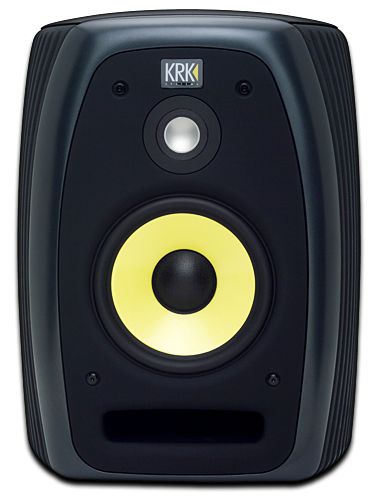
While mid and high frequencies are relatively easy to reproduce, accurate bass is a different ball game. In truth, every pair of speakers and headphones will have a different bass response, and mixing (or mastering) to account for that is part of your job as a producer. While most people won’t be working on top-end monitors, it is essential to understand the characteristics of the speakers that you are working on. That might mean knowing that they tend towards being a bit too bass-heavy for example, or indeed bass-light. You can test this by playing commercial tracks and listening for how they handle the bass end. Monitors and spaces that are less than perfect are almost inescapable, but as long as you know their limitations and quirks you can work around them. One common example is mixing the bass a little light because you know your speakers exaggerate it—though of course this takes some perfecting. Use headphones for reference by all means but relying on them as your only mixing monitors is probably a bad idea.
Even big speakers have quirks, so you should be familiar with what they are.
2. You Can Control Aspects of Your Environment
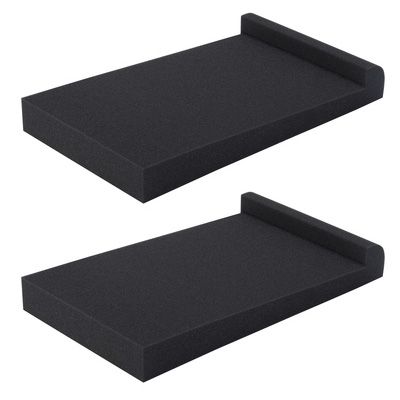
Isolation pads for speakers don’t have to be costly and can really tighten up the bass
Low frequencies are the most omnidirectional of all frequencies so you have to do everything you can to focus and tighten the bass when mixing and mastering. Avoid corners of rooms and close proximity to walls as these both result in boominess and inaccurate reproduction of the bass. A pair of speaker stands or isolation platforms are a very worthwhile investment. Placed flat on a table or desk, the bass energy from a speaker travels down into the desk and is lost. By using isolation of one kind or another, you will notice a significant tightening up of the bass end from the monitors you already own.
3. Bass Should Stay Centered
You can have all sorts of fun playing with stereo placement of many tracks in a project, but bass isn’t usually one of them. The power of low frequencies is seriously compromised as soon as they move away from the center of the stereo image. That’s not to say that bass tracks should literally be mono tracks (although quite a few are) but that they shouldn’t be panned unless you have a very good reason for doing so. Where a bass sound has more middle and top—a double bass or a picked electric for example, you have a little more leeway but in general this rule should be adhered to.
4. Sidechaining Can Be Your Friend
When you have a bass drum and a bass track that occupy similar frequency ranges, which is quite common in electronic music where both are synthesized, you can have problems separating the two out in the mix. It’s possible to end up with a mush of sound. The answer is using a compressor on the bass track that has a sidechain input capability. Feed this using the kick drum track and when correctly set, the bass drum coming in will trigger heavier compression of the bass track just for as long as the kick drum sounds, making space for both. The resulting “pumping” effect is used so widely in EDM that it’s actually become a signature sound.
5. Know When to Prioritize the Bass
Any mixing is an art form that involves tradeoffs to get everything sitting together nicely. Often this means sacrificing certain parts of certain sounds for the good of the overall sound. So it might be that you need to roll off some of the bass end of a vocal, a piano or a guitar part because it’s interfering with the bass track. Or indeed take the top off a bass part to make room for something else. The important thing is not what parts sound like in isolation but what the whole track sounds like when you play it back. Get that right for a proper mix.
6. Compression is King
Of all the elements of a music production, bass is the one that will always need some kind of compression. Bass frequencies are powerful and a bass instrument, be it synth or guitar, can cover a lot of ground from very low frequencies to scratchy highs. To prevent different parts of the bass sound from either disappearing or overwhelming your track, compression is vital to reduce the dynamic range of the bass and make sure that both low and high parts remain controlled. As ever it’s important not to over-compress as this will suck all the energy out of a bass track which is precisely what you don’t want. Where a bass track has a range of frequencies, a multiband compressor can be a helpful tool to better manage them, rather than a single band model
7. EQ Can Save the Day
In addition to compressing your bass tracks you will want to EQ them as well. How you proceed will depend very much on the kind of bass sound. Is it a rock bass guitar or a dance sub? For rounder bass sounds, wide Q values can help you make subtle changes to a range of frequencies. Where you want to isolate a mid or high frequency, say with a rock bass or an acid synth, narrower Q values help you to do this. Don’t be afraid to play with multiple EQ points when mixing bass as this can really shape the character of the bottom end in a way that compression generally won’t.
8. Emulate Amps For More Options
Any bass sound can be radically altered by routing it through a virtual bass or guitar amp inside your DAW. Many DAWs come with their own, and there are plenty of third-party models on the market as well. This doesn’t just mean trying to make a bass sound like it’s a specific model of guitar (though that is possible) but rather using re-amping tools and virtual cabs to get a different effect to what your regular mixing toolbox will allow. Put synths through guitar amps, rock basses through synth FX sections and see what shakes loose!


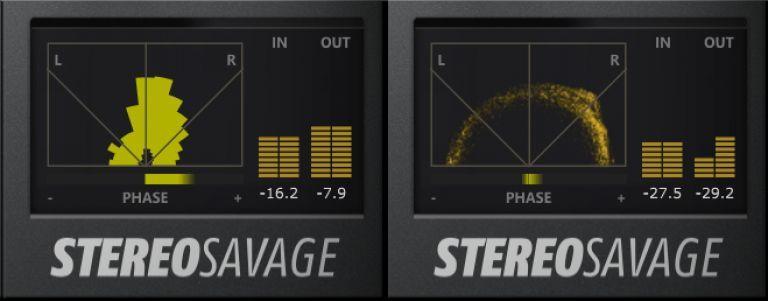
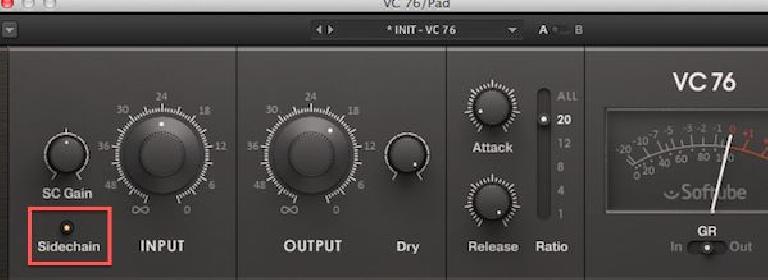
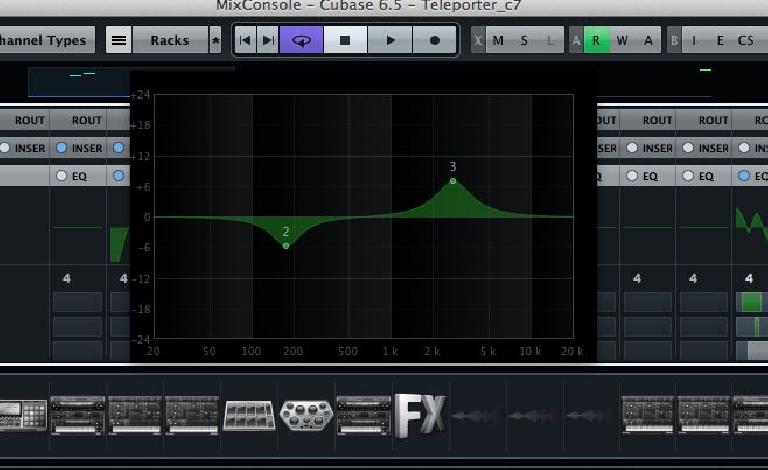
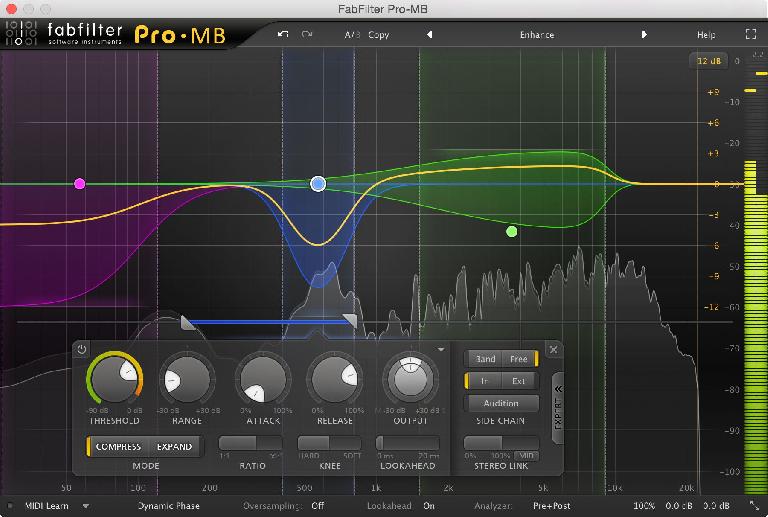
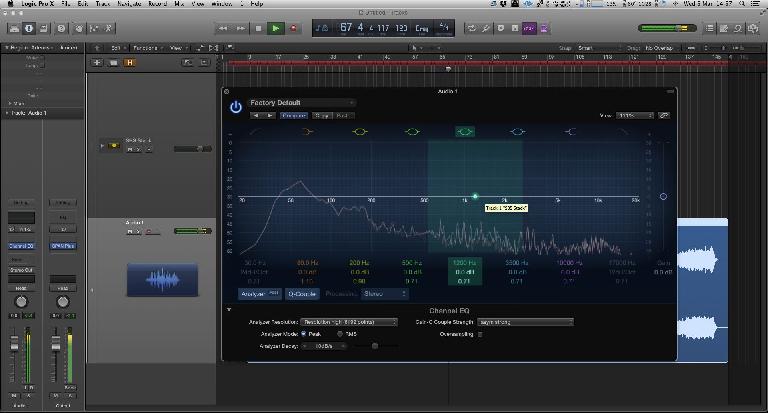

 © 2024 Ask.Audio
A NonLinear Educating Company
© 2024 Ask.Audio
A NonLinear Educating Company
Discussion
Want to join the discussion?
Create an account or login to get started!